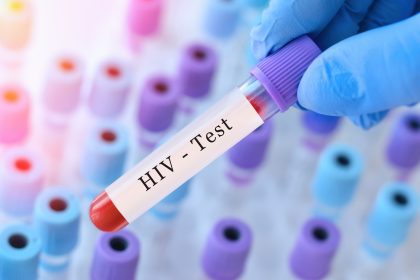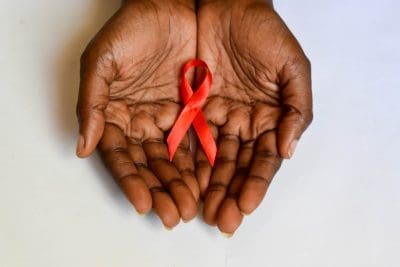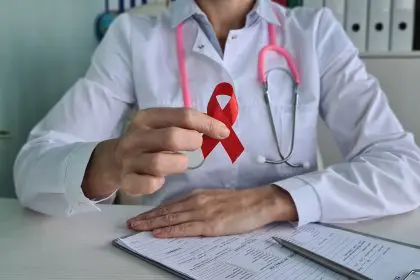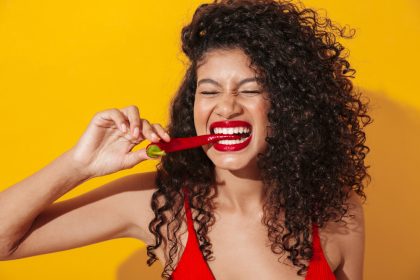 “HIV has always been at the crux and pretty much why I got involved in the media aspect of medicine, health and STD prevention,” shares Dr. Rachael Ross, family doctor, author, sexologist and co-host of the nationally syndicated TV show “The Doctors.” Teaming up with OraQuick, the first in-home rapid HIV test, is “a relationship that makes a ton of sense.”
“HIV has always been at the crux and pretty much why I got involved in the media aspect of medicine, health and STD prevention,” shares Dr. Rachael Ross, family doctor, author, sexologist and co-host of the nationally syndicated TV show “The Doctors.” Teaming up with OraQuick, the first in-home rapid HIV test, is “a relationship that makes a ton of sense.”
Dr. Rachael is a recurring co-host on the Emmy® Award-winning talk show, “The Doctors,” and a practicing board-certified family medicine physician and sexologist who is fervent about spreading the word about testing and the life-saving importance of knowing your HIV status. She so candid and engaging, she’s often dubbed the Dr. Ruth of this millennium.
There are too many people who don’t know they have HIV. People aren’t getting tested, in light of the fact HIV incidences are growing, particularly in the black community. An estimated 1 in 16 black men and 1 in 32 black women will be diagnosed with HIV. In the U.S. alone, nearly 1.1 million people are living with HIV.
“When OraQuick approached me about teaming up so we could [develop] prevention strategies, it was one of those things I didn’t have to spend much time scrutinizing. Part of prevention is getting tested and knowing your status. For people to be able to test at home is a huge deal,” she shares.
You have to love Dr. Rachael, because she’s so frank and honest. She shares, “I’ll never forget my first home HIV kit. It’s like, we’re dating. You’re busy. I’m busy. We can no longer go to the doctor to get tested. Now we can test tonight over dinner.
“It adds another notch in your arsenal belt against HIV and towards knowing where you personally stand and the people that you mess with, or lay with, or experience sexually, now you can know where they stand to and feel confident about it. This is our issue now and we need to spend a lot of time focusing on how we get HIV, how we can prevent it. There’s more to it than just wrapping it up.”
When asked about the riskiest ways to get HIV, she responds, “The No. 1 way it is happening in our community is through sexual contact. The riskiest is unprotected receptive anal sex. The second riskiest is receptive vaginal penetration.” Blood contains the highest concentration of the virus, followed by semen, followed by vaginal fluids, followed by breast milk.
“When you’re penetrating anally or vaginally, there is a lot of tearing. That’s what puts the anal receiver at greater risk. That’s what puts women at greater risk. Those are the two riskier things you can do when it comes to [contracting] HIV. Anal is riskier than vaginal when it comes to HIV transmission. A less risky act that you can do sexually, so that both people can have an orgasm, is manual manipulation, i.e., a hand job or fingering, as long as there are no cuts or tears there.”
There are a number of activities that people can engage in when they are unsure of their partner’s status that are not as risky as anal and vaginal penetration. While it allows HIV transmission, oral sex is less risky than anal and vaginal, according to Ross. “They have yet to pinpoint a solid case where it is 100 percent sure that someone contracted HIV through oral sex. Let’s look at the basic science. If you just had braces put on, had some dental work or ate Frosted Mini Wheats without any milk and your mouth is cut up, then of course if you go down on somebody and there is a lot of blood present, semen or vaginal secretions, technically, sure you could,” she says.














